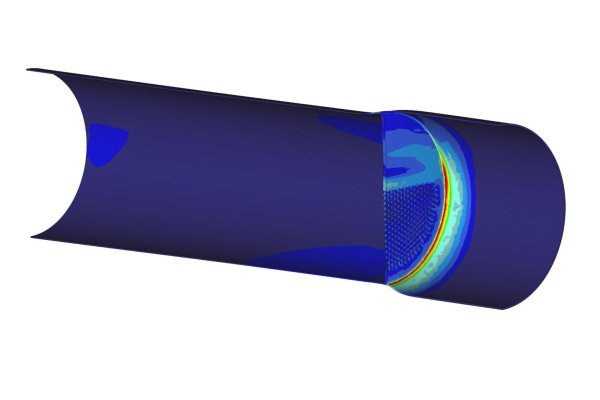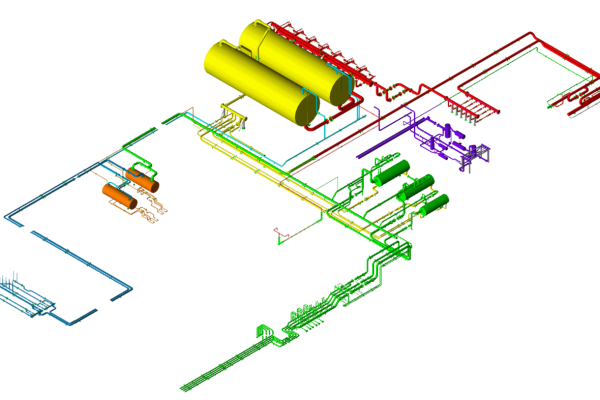This year we launched our new service to support schools and other buildings in The Netherlands to optimise their room ventilation against Corona spreading. By offering our knowledge and expertise in the field of flow and particle analysis we hope to make a contribution to fighting this terrible virus. VentiScan uses the latest insights and models in the field of CFD (Computational Fluid Dynamics). VentiScan uses different physical models to analyze air flows and aerosols based on the latest insights.
We will offer this service Pro Bono to selective parties as our in-kind contribution to society in these difficult times.
More information on our service can be found at: www.VentiScan.com
This video shows the comparison between inactive and active (mechanical) ventilation in spaces like classrooms.
Dit jaar hebben wij nieuwe service ontwikkeld om scholen en andere gebouwen in Nederland te ondersteunen bij het optimaliseren van hun ventilatie tegen de verspreiding van het Coronavirus. Door onze kennis en kunde op het gebied van stromings- en deeltjestransport aan te bieden, hopen wij een bijdrage te kunnen leveren aan de bestrijding van dit verschrikkelijke virus. VentiScan maakt gebruik van de nieuwste inzichten en modellen op het gebied van CFD (Computational Fluid Dynamics). De scan gebruikt verschillende fysische modellen om de luchtstromen en aerosolen te analyseren aan de hand van de laatste RIVM-inzichten.
Deze dienst zullen wij Pro Bono aanbieden aan selectieve partijen als onze in natura bijdrage aan de samenleving in deze moeilijke tijden.
Meer informatie over onze service is te vinden op: www.VentiScan.com
De bovenstaande video toont de vergelijking tussen inactieve en actieve (mechanische) ventilatie in ruimtes zoals klaslokalen.






